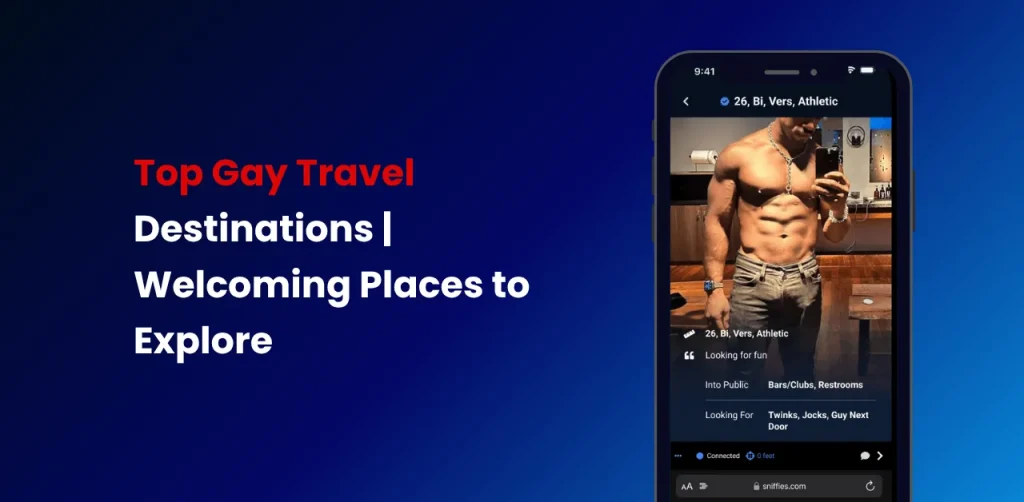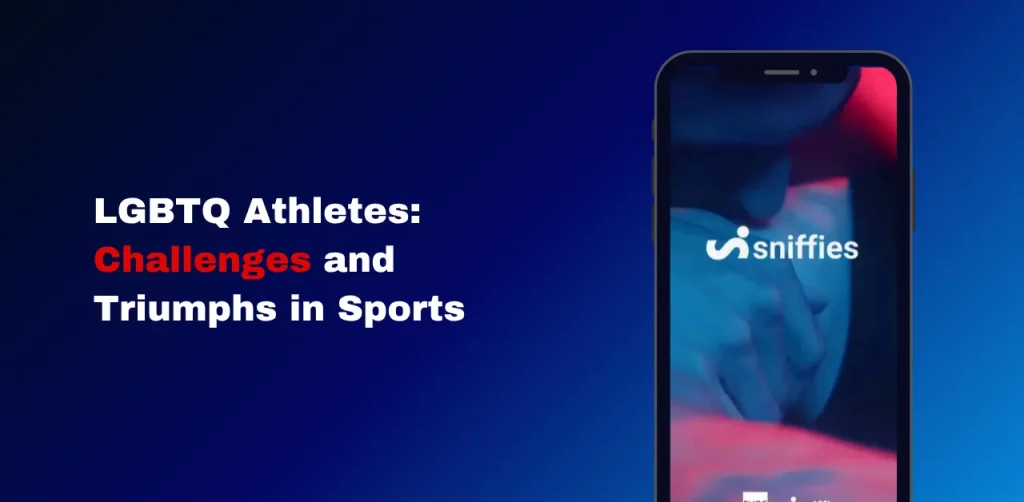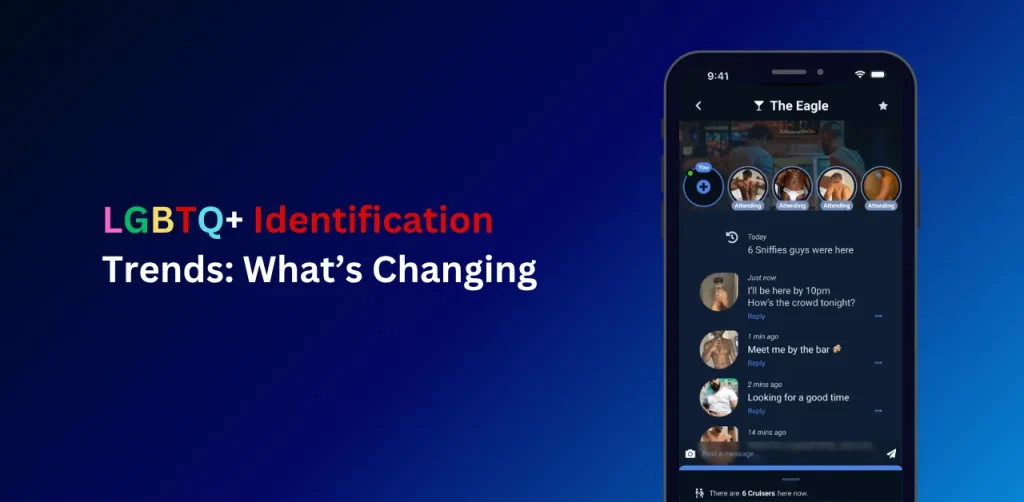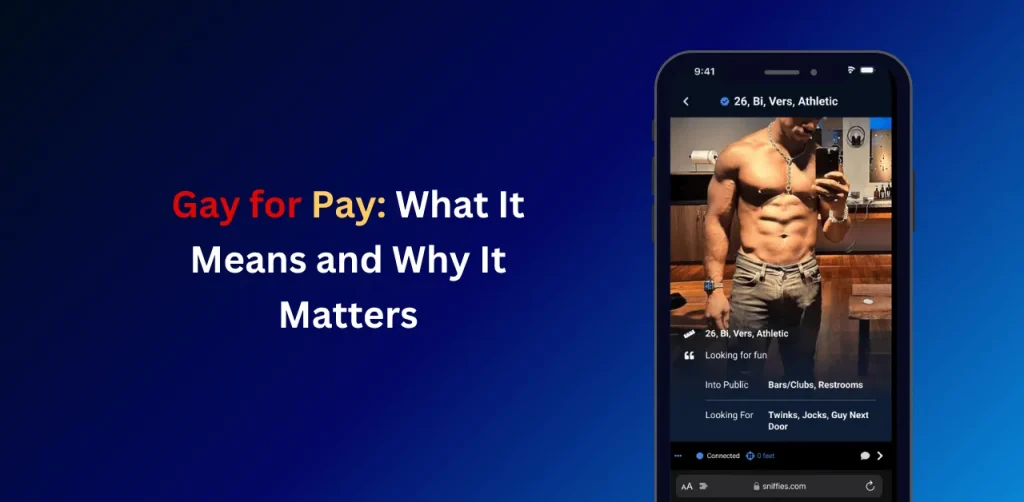Power of LGBTQ+ Representation in Media
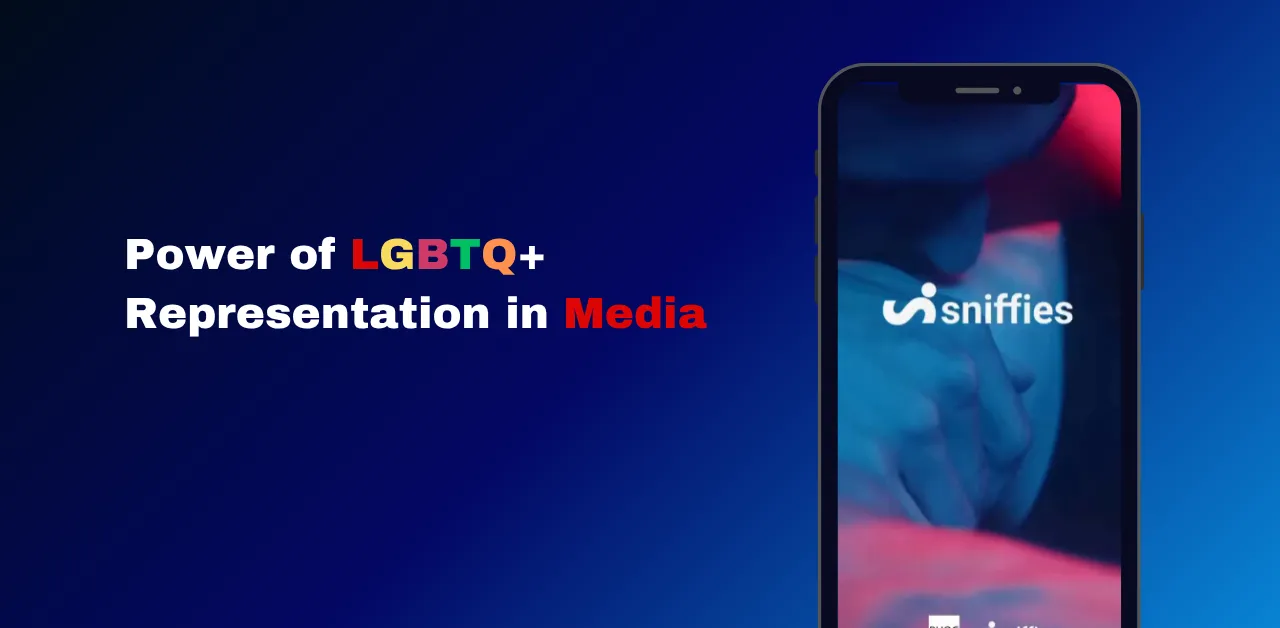
Imagine turning on your favorite show and seeing someone like you someone whose identity, struggles, and joys mirror your own. For LGBTQ+ individuals, this experience can be life-changing. Media representation isn’t just about characters on a screen; it’s about validating identities, challenging stereotypes, and building a more inclusive world. From Heartstopper’s heartfelt queer romance to Moonlight’s raw exploration of Black gay identity, LGBTQ+ representation in media shapes how society views queer people and how they view themselves.
A Brief History of Queer Representation
Queer representation has come a long way. Early media often erased or stereotyped LGBTQ+ characters, portraying them as villains or punchlines, as noted in Wikipedia’s Media portrayal of LGBTQ people. The 1990s brought breakthroughs like Ellen’s coming-out episode, paving the way for shows like Will & Grace. Today, GLAAD’s 2023 Where We Are on TV report notes 11.9% of TV series regulars are LGBTQ+, but trans and non-binary characters remain underrepresented.
- Pre-1990s: Censorship like the Motion Picture Production Code hid queer identities.
- 1990s-2000s: Queer as Folk and Modern Family normalized queer relationships.
- 2020s: Streaming platforms, hosting 87% of LGBTQ+ content per Nielsen, lead with shows like The Owl House.
This progress highlights the need for continued diversity in storytelling.
How Media Shapes Attitudes and Acceptance
Media is a powerful tool for cultural change. A 2018 Scholars Strategy Network study shows that queer visibility in media has driven acceptance of gay and lesbian identities since the 1990s. Positive portrayals, like Schitt’s Creek’s pansexual character David, make queer lives relatable, reducing prejudice. Key impacts include:
- Breaking Stereotypes: Authentic stories, like Pose’s trans ballroom culture, challenge biases.
- Educating Audiences: Media introduces diverse identities, fostering empathy.
- Inspiring Advocacy: Inclusive content motivates viewers to support equality.
Negative tropes, like the “tragic queer,” can still harm perceptions, especially in less progressive regions.
Supporting Mental Health Through Representation
For LGBTQ+ youth, seeing themselves in media is critical for mental well-being. A 2022 PMC study found that queer-friendly social media platforms help youth explore identities and find community, reducing isolation. Shows like Heartstopper boost self-esteem by showcasing affirming queer stories. Lack of representation, however, can increase risks of anxiety and depression.
- Community Building: Platforms like X amplify queer voices, creating safe spaces.
- Validation: Characters like Raine Whispers (non-binary, The Owl House) affirm diverse identities.
- Global Challenges: Censorship in countries like Singapore limits access, per a 2020 PMC study.
Overcoming Representation Challenges
Despite advances, representation faces hurdles. GLAAD’s 2024 Studio Responsibility Index reports a decline in LGBTQ-inclusive films to 23.6%, with only two featuring trans characters. Key challenges include:
- Underrepresentation: Lesbian, bisexual, and trans stories are less common than gay male narratives.
- Harmful Tropes: Stereotypes like the “flamboyant gay” persist, per Heckin’ Unicorn.
- Queerbaiting: Shows like Supernatural tease queer storylines without follow-through, alienating audiences.
Creators must prioritize authenticity to address these issues.
Strategies for Inclusive Storytelling
Great storytelling creates multidimensional queer characters. Shows like Pose and films like Love Lies Bleeding shine by showcasing diverse experiences. Here’s how creators can excel:
- Hire Diverse Talent: Include LGBTQ+ writers for authentic perspectives.
- Avoid Clichés: Craft varied characters, like Schitt’s Creek’s David and Patrick.
- Celebrate Joy: Highlight queer joy, as in She-Ra and the Princesses of Power.
- Amplify Marginalized Voices: Focus on trans, non-binary, and queer people of color.
Practical Steps for Creators
Creators can drive impact with intentional choices. Here are actionable steps:
- Research Communities: Engage with LGBTQ+ groups to understand their experiences.
- Partner with Experts: Work with organizations like GLAAD for accuracy.
- Authentic Casting: Cast queer actors in queer roles, as in What We Do in the Shadows.
These steps build trust and engagement with audiences.
The Business Benefits of Inclusivity
Inclusive media is a smart business move. Nielsen’s 2023 report shows 87% of LGBTQ+ content is on streaming platforms, drawing diverse viewers. Brands embracing inclusivity see 68% higher engagement with queer audiences, per the World Economic Forum. For marketing tips
Why is LGBTQ+ representation in media important?
LGBTQ+ representation validates identities, fosters acceptance, and reduces prejudice by showcasing diverse stories. It supports mental health and drives cultural change.
How does media representation impact LGBTQ+ youth?
Positive representation, like in Heartstopper, boosts self-esteem and reduces isolation. Lack of representation can increase risks of anxiety and depression.
What are common challenges in LGBTQ+ media representation?
Challenges include underrepresentation of certain groups (e.g., trans and bisexual characters), reliance on stereotypes, and queerbaiting, which frustrates audiences.
How can creators improve queer representation?
Inclusive content attracts diverse audiences, with 87% of LGBTQ+ content on streaming platforms and 68% higher engagement for inclusive brands, per Nielsen and the World Economic Forum.
Conclusion: Building a More Inclusive Media Landscape
LGBTQ+ representation in media fosters acceptance, supports mental health, and drives cultural progress. By crafting authentic, diverse stories, creators can break stereotypes and empower communities. Audiences can help by supporting inclusive content and engaging with queer voices. Together, we can create a media world that celebrates all identities.
Looking for more helpful info? Read our guide on LGBTQ+ Allyship and Gay Men’s Health.
- GLAAD’s Studio Responsibility Index for film representation data.
- Nielsen’s LGBTQ+ Media Report for advertising insights.
- Scholars Strategy Network for media’s societal impact research.

